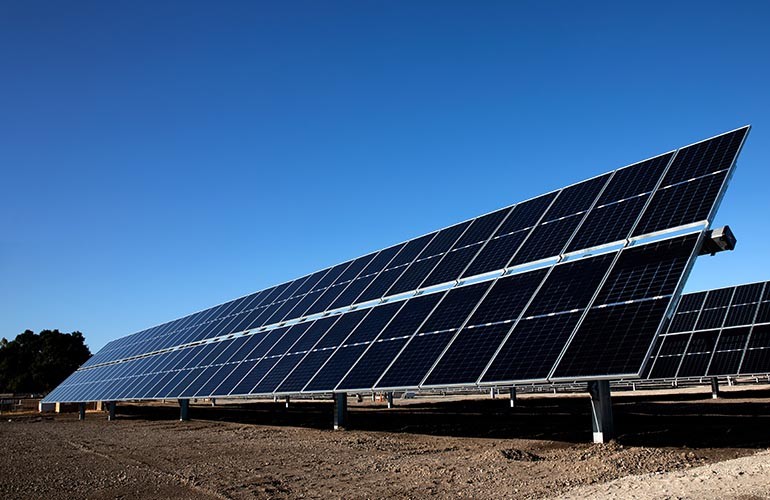Renewable energy sources like solar power are growing rapidly. It is becoming increasingly important to maximize solar production as more homes and businesses install solar panels. Installing solar panel tilt sensors can help your solar system perform better.
What are solar panel tilt sensors?
Solar panel tilt sensors are devices installed on solar arrays to monitor the panels’ tilt angle relative to the sun. They provide real-time feedback on the optimum angle for maximum solar irradiation. Some sensors also automatically adjust the array tilt angle to follow the sun’s path for peak efficiency. Basic tilt sensors report the tilt data back to the system owner or operator, while more advanced automated tilt systems self-adjust using built-in motors.
Tilt sensors are integrated into the solar array infrastructure or implemented through solar trackers with single-axis or dual-axis movement. Tracking mechanisms counteract sun movement throughout the day by tilting the panels to maintain an optimal angle. Sensors inform the necessary direction and degree of tilt adjustment.
Why tilt angle optimization matters?
The angle of solar panel tilt sensors significantly impact the amount of solar irradiation they receive, directly affecting power output. The optimal panel tilt angle varies by latitude, season, and even time of day. For fixed-tilt systems, the general rule of thumb is to face panels towards the true south (in the northern hemisphere) with a tilt angle roughly equal to your latitude. Energy yields are increased by 5-25% with tailored positioning.
Solar trackers eliminate guesswork by continually orienting panels perpendicular to the sun’s rays. It ensures peak irradiation as the sun’s position shifts across seasons and times of day. The accuracy of automated solar trackers depends greatly on the performance of their tilt sensors. By providing precise, real-time tilt and angle data, sensors facilitate the tiny adjustments that keep efficiency gains compounding.
Key benefits of tilt sensors
Installing solar panel tilt sensors offers several major benefits:
- Increased solar output
Using tilt sensors can enhance solar output by 25-45% by providing feedback to orient panels at an optimal angle. The gains apply to fixed tilt and tracking systems, with tracking systems at the higher end of the added output. Those extra kilowatt hours quickly add up, amplifying your return on investment.
- Maximized revenue and savings
An increase in solar power output directly correlates with an increase in energy savings and revenue. For commercial solar owners selling excess solar power to the grid, a 20-40% increase in solar output directly correlates to a significant increase in revenue. Additionally, greater on-site solar power utilization reduces your reliance on grid electricity.
- Enhanced system monitoring and diagnostics
In addition to tilt data for tracking, sensors also provide system performance metrics such as panel temperature and equipment faults. The deeper operational insights better equip solar operators to diagnose issues early. The same granular data empowers performance modeling and custom tracking programs to maximize efficiency.
- Automatic adjustment for peak performance
While fixed tilt sensors only provide data leaving manual adjustment up to the owner, trackers use sensor data to automatically orient panels in real time. Continually optimizing the tilt angle keeps your system performing at its absolute best as seasons and weather conditions change.
- Reliable tracking during inconsistent weather
Slow sensor response times undermine efficiency gains from solar trackers on partially cloudy days. Higher-quality sensors detect irradiation fluctuations more quickly to avoid unnecessary movement away from optimal angles. Maintaining tilt positions longer enhances output. Sensors also improve tracking during short sunny intervals between clouds.
You may also like
-
Choosing the Best Pool Contractor in Indiana: Why Wetscapes Fiberglass Pools Stands Out
-
Top Civil Engineering Innovations Transforming Philippine Construction
-
Efficient Cleaning and Care Techniques for Different Surfaces in Your Home
-
Everything You Need to Know About Home Window Replacement and Custom-Designed Window Installation
-
Transform Your Garden with Ashdale Fencing

